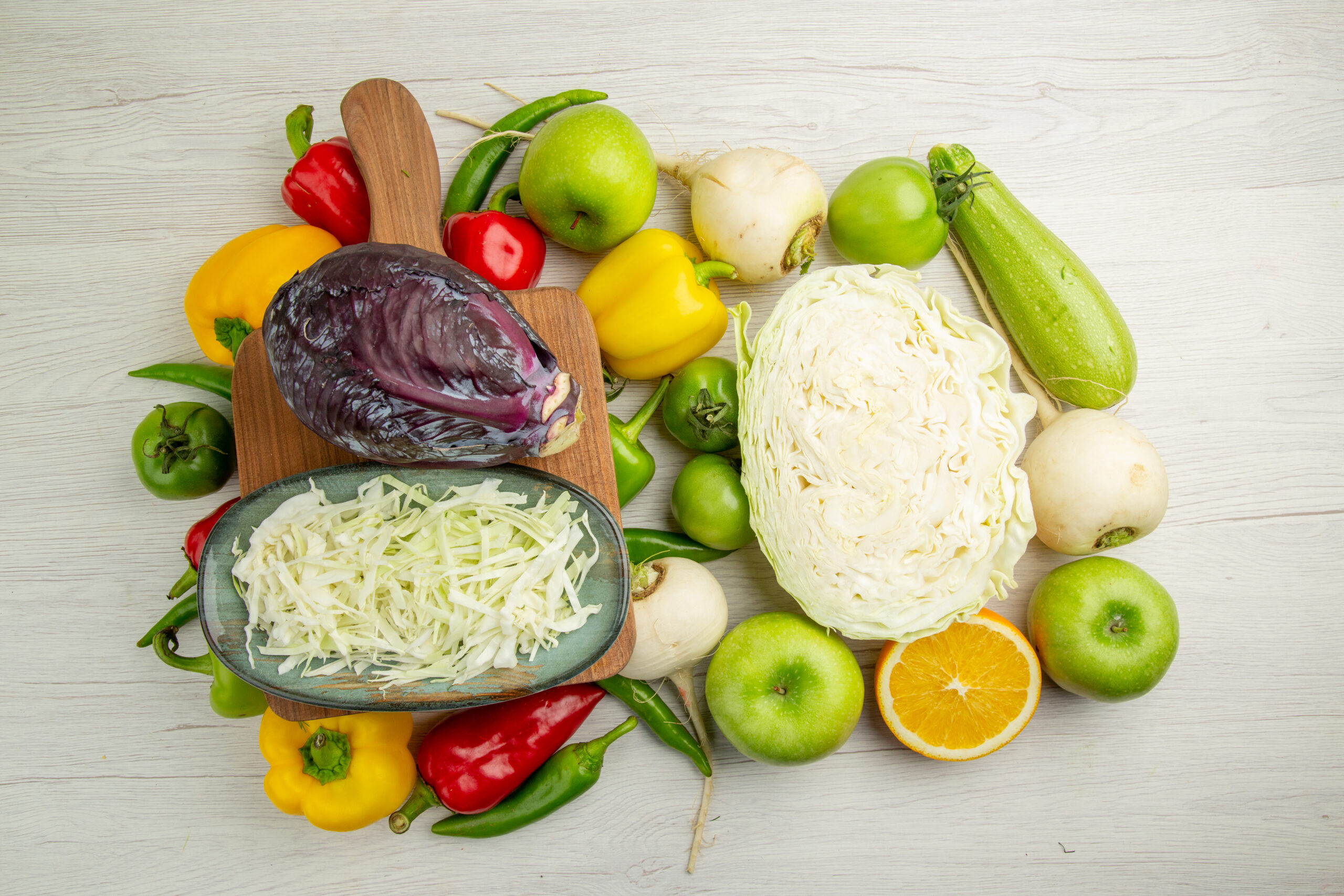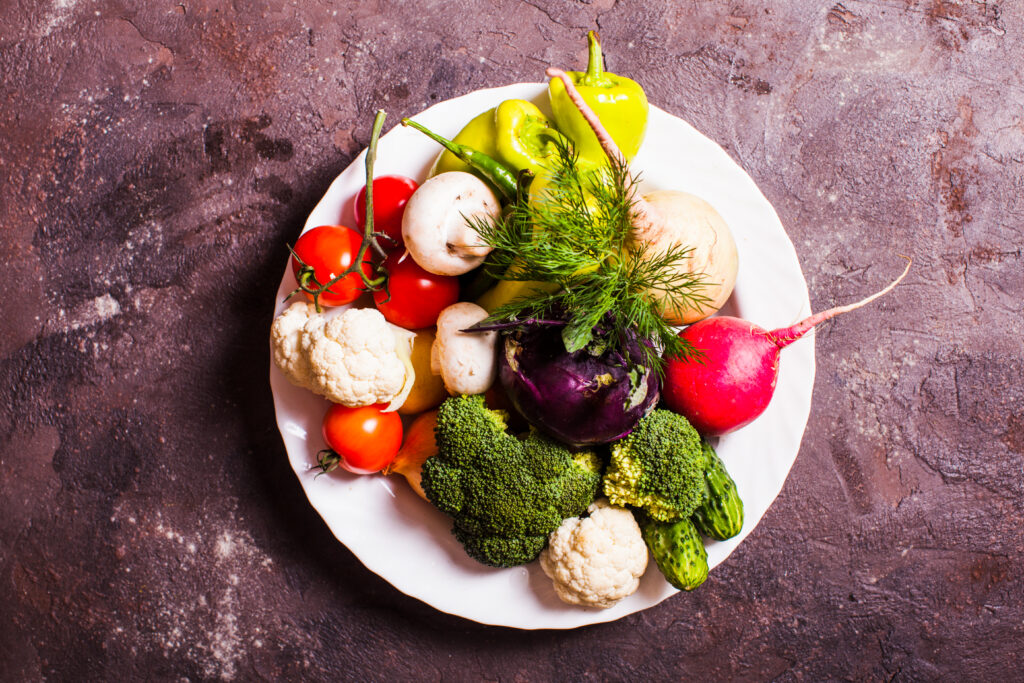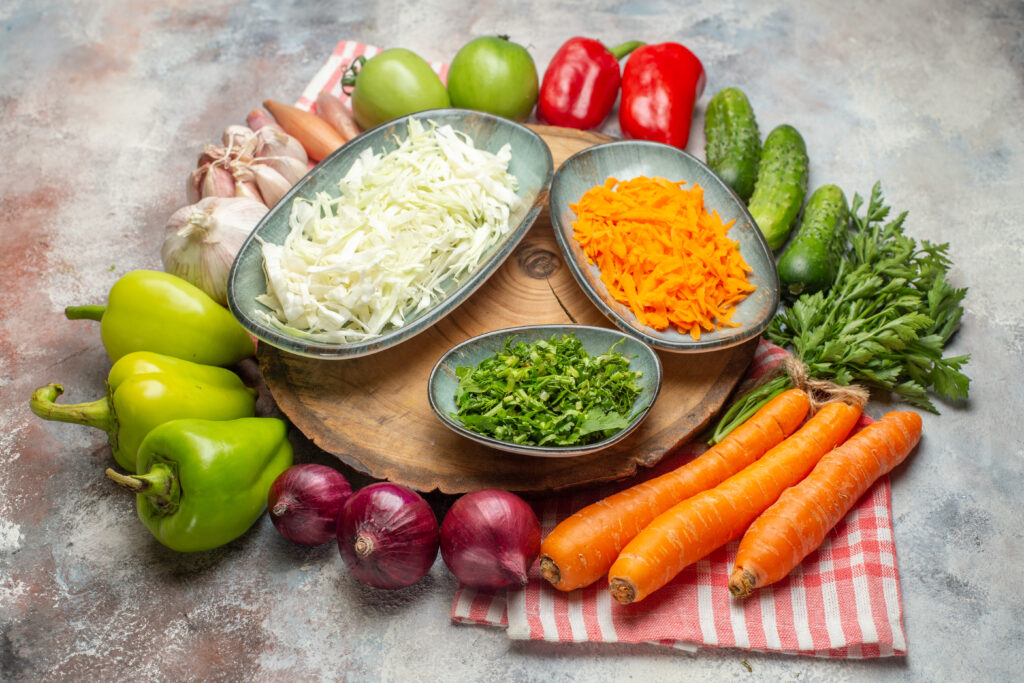- Travel
Top Family Vacation Destinations That Won’t Break the Bank


In the quest for a healthier lifestyle, many individuals turn to low-carb diets, which emphasize reducing carbohydrate intake to promote weight loss and control blood sugar levels. Vegetables, often celebrated for their nutritional benefits, can vary significantly in their carbohydrate content. For those seeking to minimize carbs, identifying the lowest carb vegetables becomes essential. This article delves into the world of low-carb vegetables, offering insights into their nutritional profiles, health benefits, and practical ways to incorporate them into daily meal plans.

The concept of low-carb eating is not a modern invention. Historical records show that low-carb diets have been used for centuries, mainly for therapeutic purposes. Vegetables have always played a crucial role in these diets due to their rich nutrient profiles and varying carbohydrate content. As early as the 19th century, low-carb vegetables were recommended for managing diabetes and other metabolic disorders. Over time, the popularity of these diets has surged, leading to a deeper understanding of which vegetables offer the lowest carbohydrate counts, making them ideal for contemporary dietary strategies.
When selecting vegetables for a low-carb diet, it’s essential to focus on those with the lowest carbohydrate content. Some of the most popular low carb vegetables include leafy greens like spinach and kale, as well as cruciferous vegetables such as broccoli and cauliflower. Spinach, for example, contains only about 1.4 grams net carbs per 100 grams, making it a staple in many low-carb meal plans. Similarly, broccoli offers around 4 grams net carbs per 100 grams, while cauliflower comes in at approximately 3 grams net carbs per 100 grams. These vegetables not only fit well within low-carb guidelines but also provide essential vitamins and minerals that support overall health.

Understanding the nutritional composition of low-carb vegetables is crucial for maximizing their benefits. Spinach, a powerhouse of nutrients, contains about 2.2 grams of fiber per 100 grams, contributing to its low net carb count. Kale, another leafy green, provides similar benefits with a slightly higher fiber content, enhancing digestive health and promoting satiety. Broccoli, known for its cancer-fighting properties, offers a robust nutrient profile with significant amounts of vitamin C, vitamin K, and fiber, making it an excellent choice for those monitoring their carbohydrate intake. On the other hand, cauliflower is not only low in carbs but also serves as a versatile substitute for higher-carb foods like rice and potatoes, thanks to its mild flavor and texture.
Incorporating low-carb vegetables into your diet can be a powerful tool for weight loss. These vegetables are often low in calories and high in fiber, which helps increase feelings of fullness and reduce overall calorie intake. The fiber grams in low carb vegetables also aid in maintaining stable blood sugar levels, preventing the spikes and crashes that can lead to increased hunger and cravings. By replacing high-carb foods with low-carb vegetables, individuals can create a calorie deficit, promoting weight loss while still enjoying satisfying meals. Additionally, the high water content in many of these vegetables can further enhance satiety and support hydration.
Creating a meal plan that features low-carb vegetables can be both enjoyable and rewarding. Start by incorporating a variety of these vegetables into your daily meals to ensure a diverse intake of nutrients. For breakfast, consider a spinach and cheese omelet, which combines low-carb veggies with protein-rich eggs. At lunch, a salad made with mixed greens, cucumbers, and a handful of nuts offers a satisfying and nutrient-dense option. For dinner, roasted cauliflower or broccoli can serve as a delicious side dish or even the main component of a meal. Experimenting with different cooking methods and seasonings can keep meals exciting and prevent dietary monotony.
When evaluating the carbohydrate content of vegetables, it’s important to distinguish between total carbs and net carbs. Total carbs include all the carbohydrates present in a food, while net carbs are calculated by subtracting the fiber content from the total carbs. This distinction is crucial for those on low-carb diets, as fiber does not significantly impact blood sugar levels. For instance, a vegetable like zucchini contains about 3.1 grams of total carbs per 100 grams, but with 1 gram of fiber, the net carbs amount to only 2.1 grams. Understanding this difference allows individuals to make informed choices and accurately track their carb intake.
Beyond their role in weight management, low-carb vegetables offer a host of health benefits. Regular consumption of these vegetables can improve digestive health due to their high fiber content, which promotes regular bowel movements and supports a healthy gut microbiome. Additionally, many low-carb vegetables are rich in antioxidants, which help combat oxidative stress and reduce inflammation in the body. This can lead to a lower risk of chronic diseases, including heart disease and certain cancers. Furthermore, the low glycemic index of these vegetables supports stable blood sugar levels, making them particularly beneficial for individuals with diabetes or insulin resistance.
Traditional recipes can be reimagined with a modern twist to incorporate low-carb vegetables, offering both flavor and nutrition. For example, cauliflower rice has become a popular substitute for traditional rice, providing a similar texture with significantly fewer carbs. Zucchini noodles, or “zoodles,” offer a low-carb alternative to pasta, allowing for creative and satisfying dishes without the carb overload. Even classic comfort foods like mashed potatoes can be transformed by using mashed cauliflower, providing a creamy and delicious side dish that aligns with low-carb dietary goals. These modern adaptations not only support a low-carb lifestyle but also encourage culinary exploration and innovation.